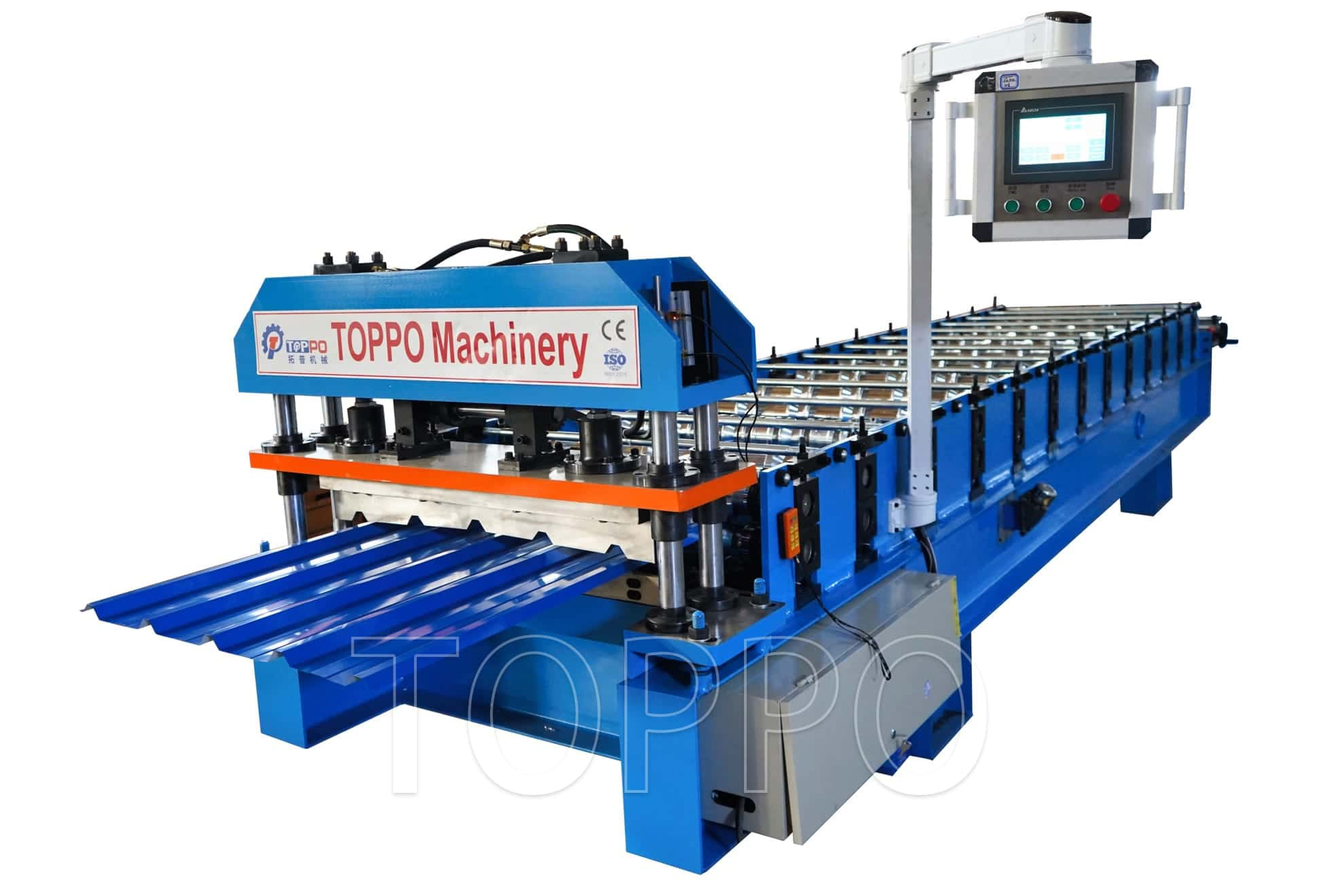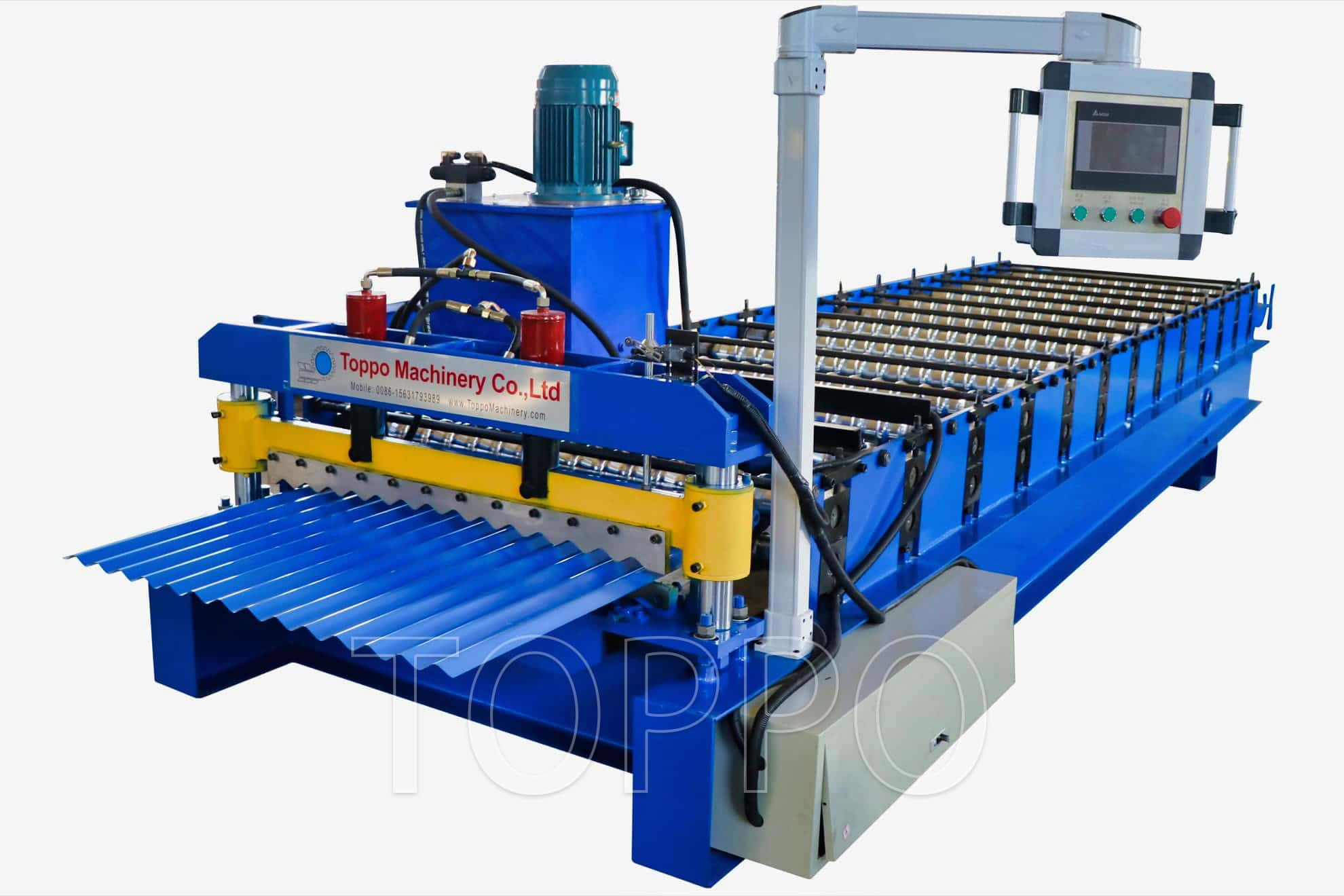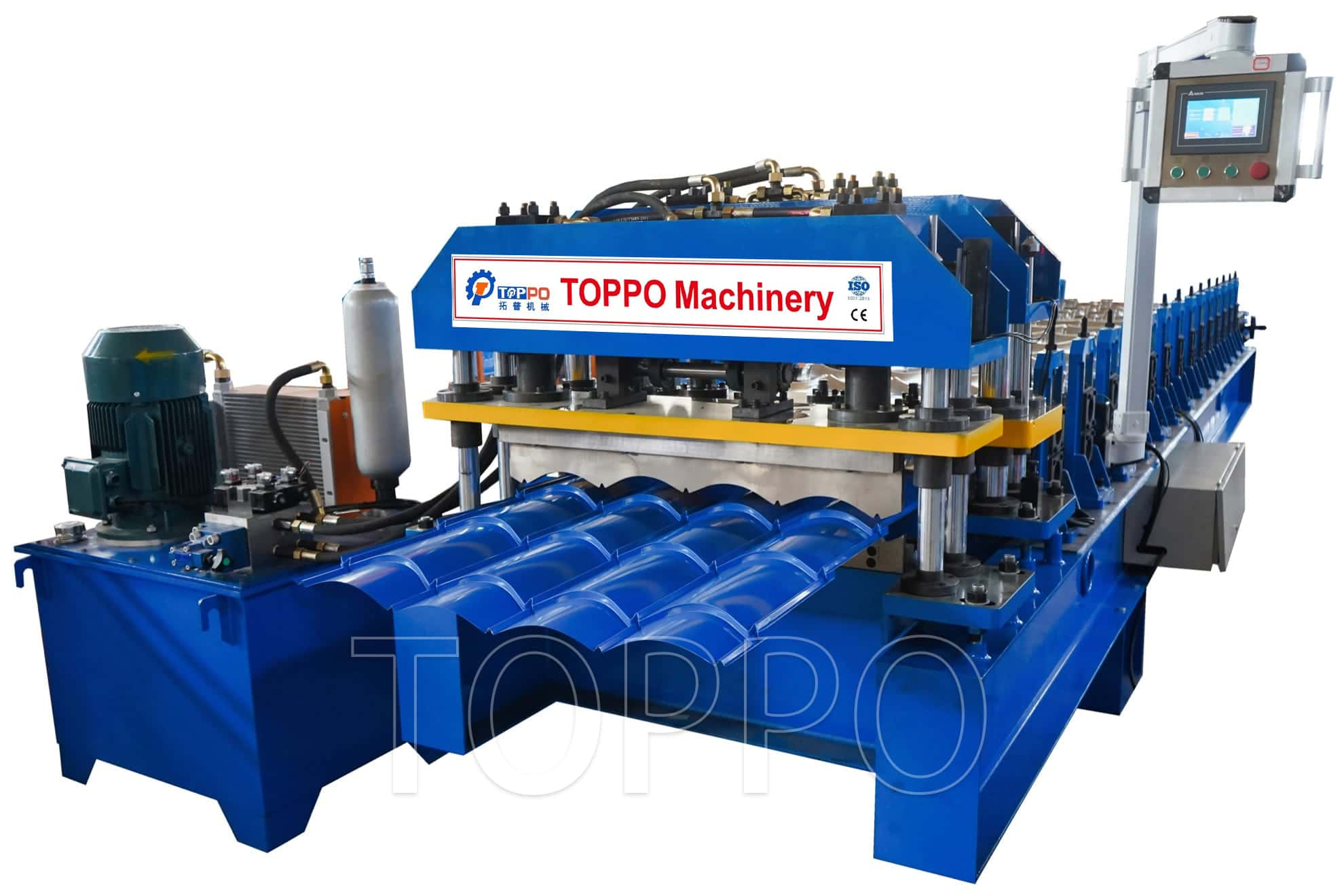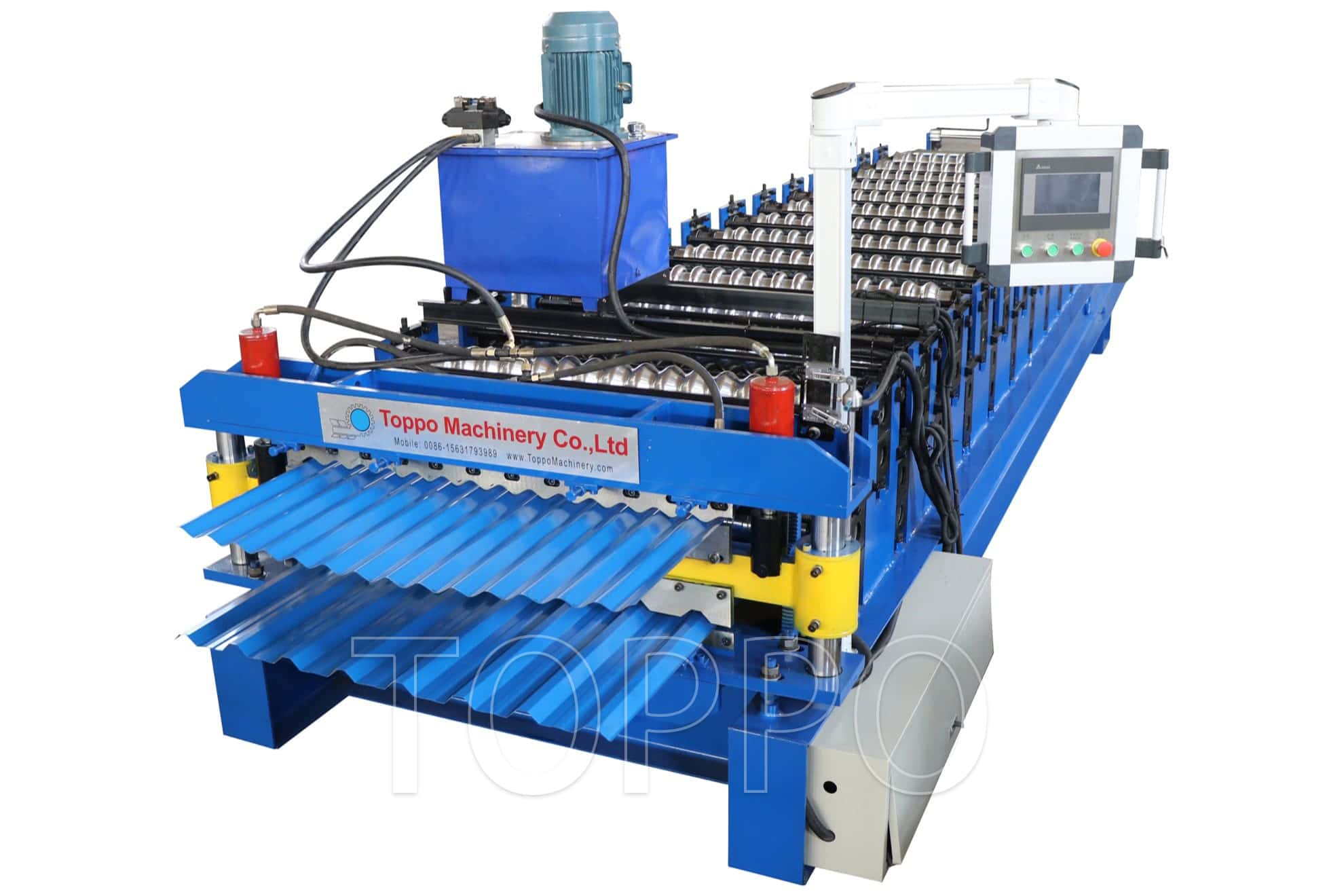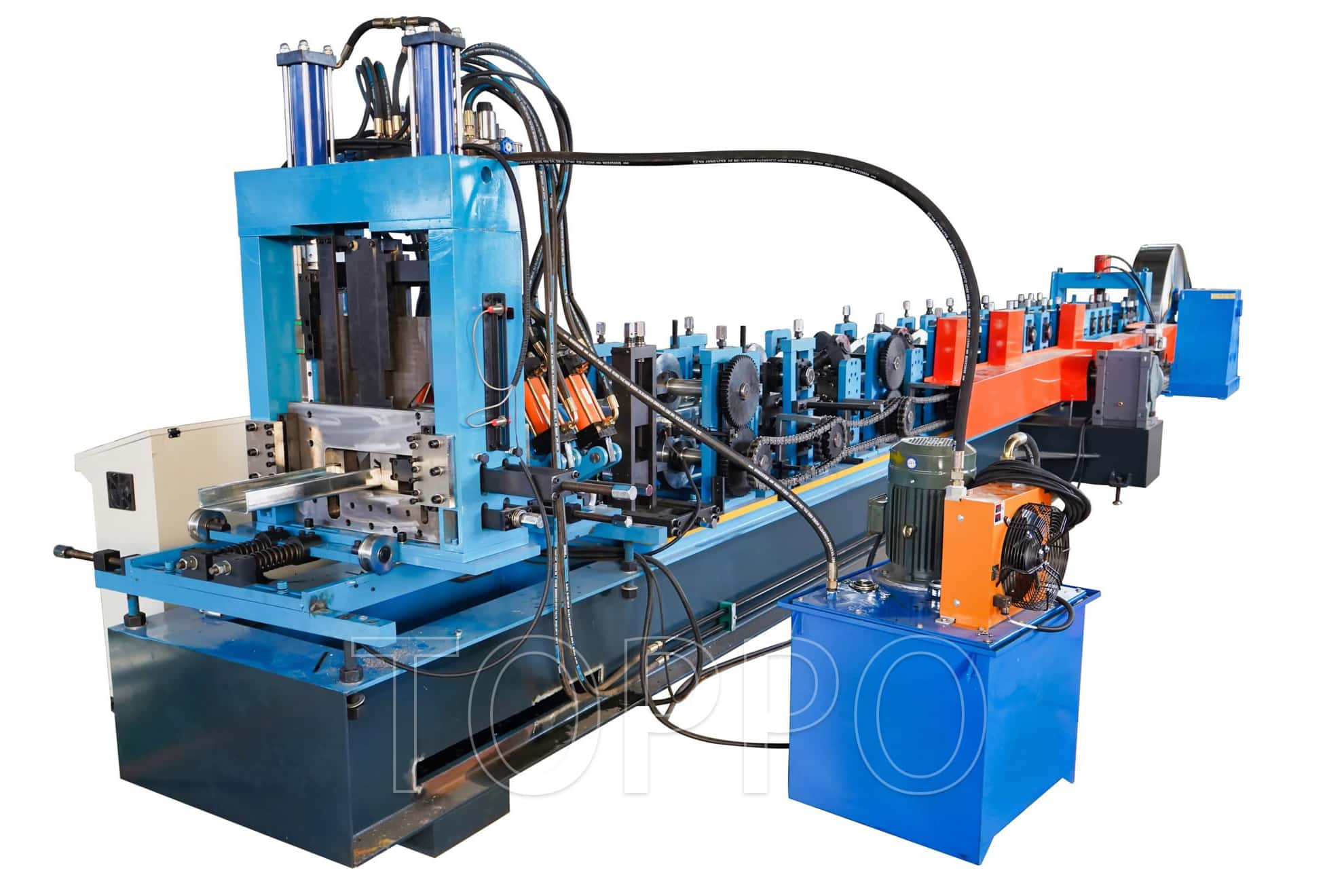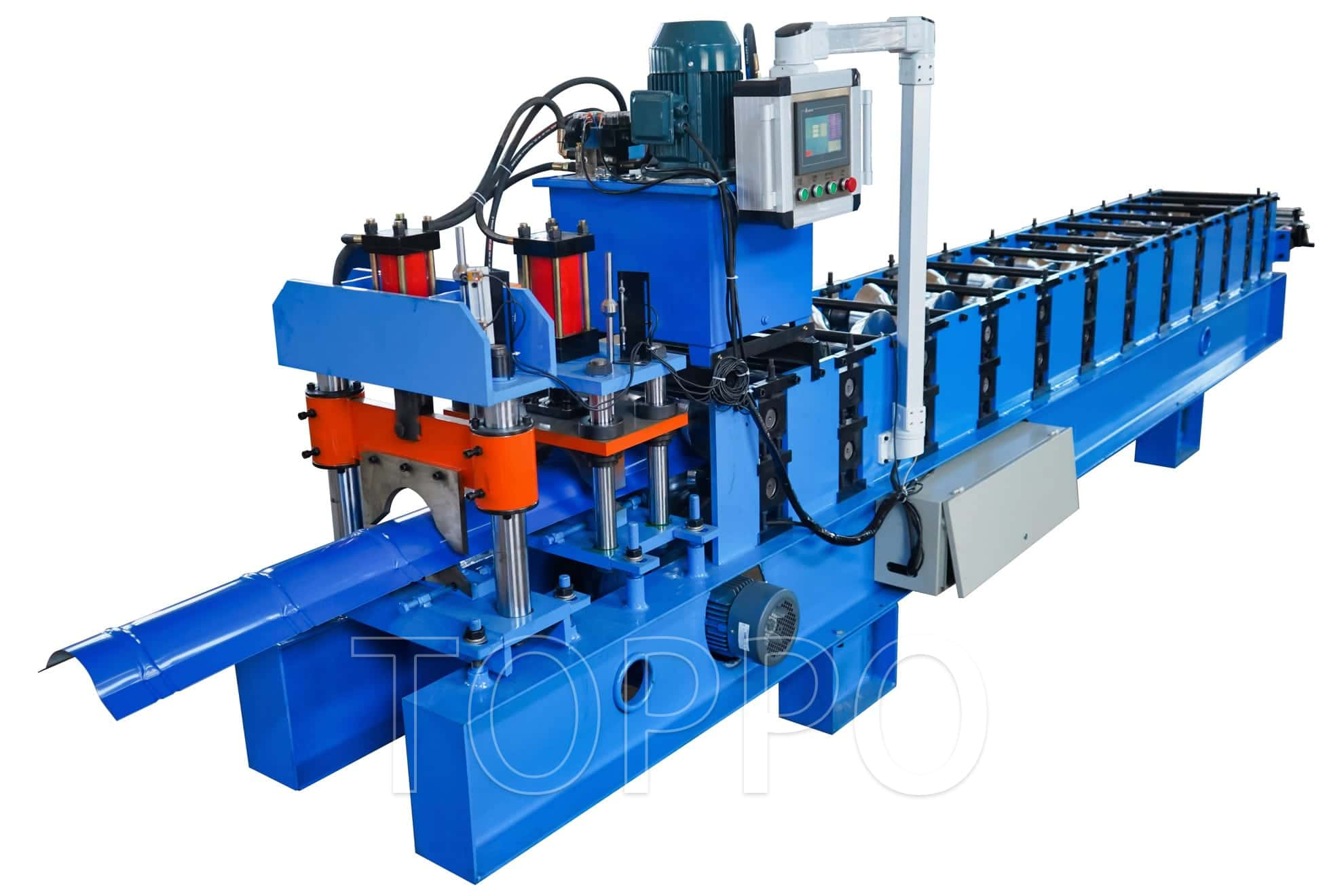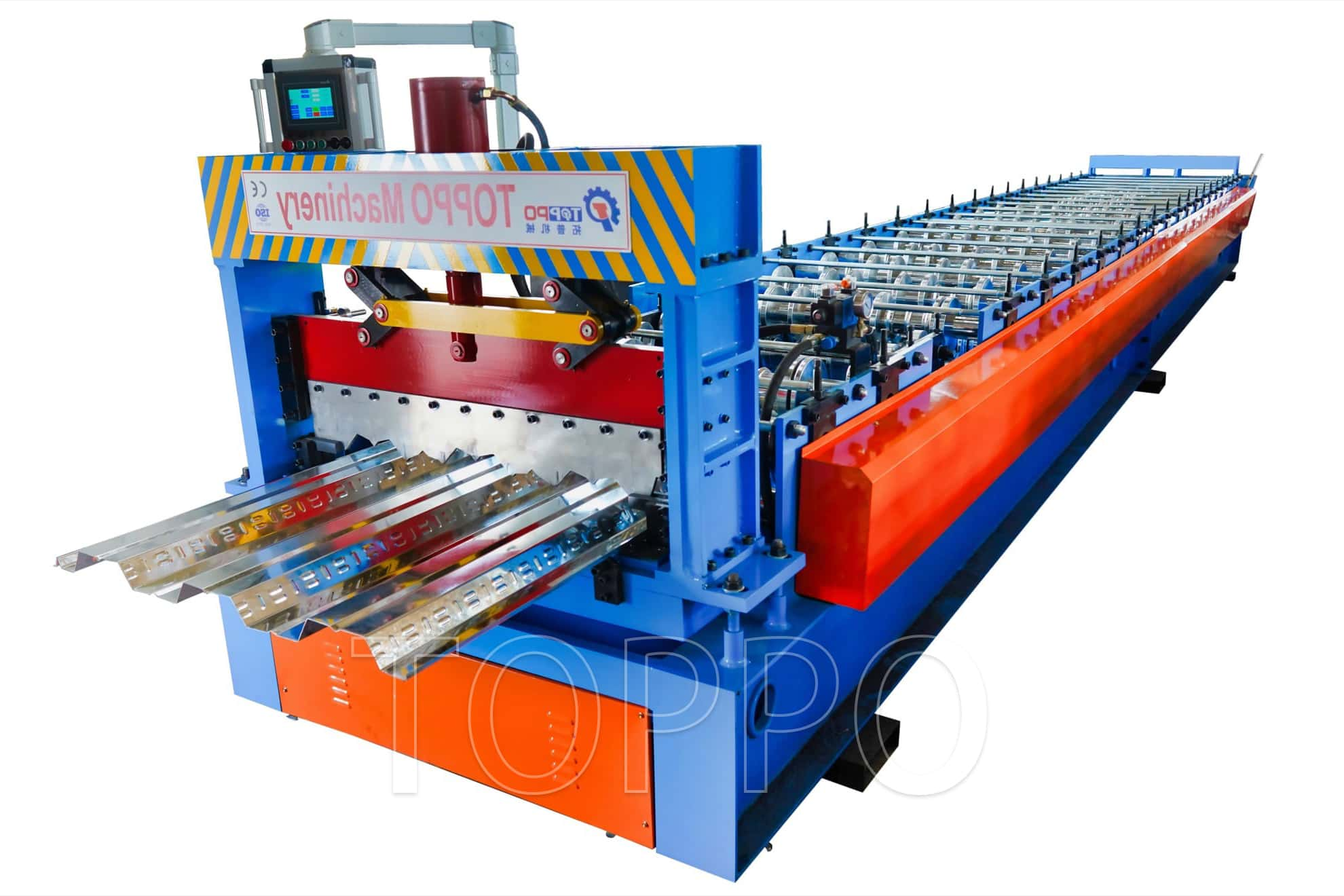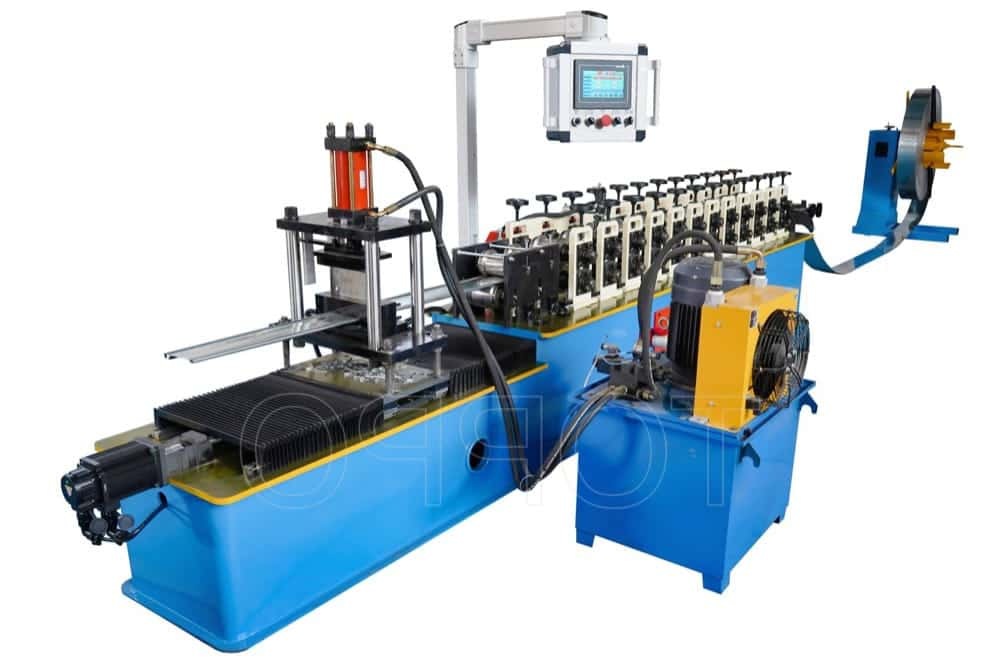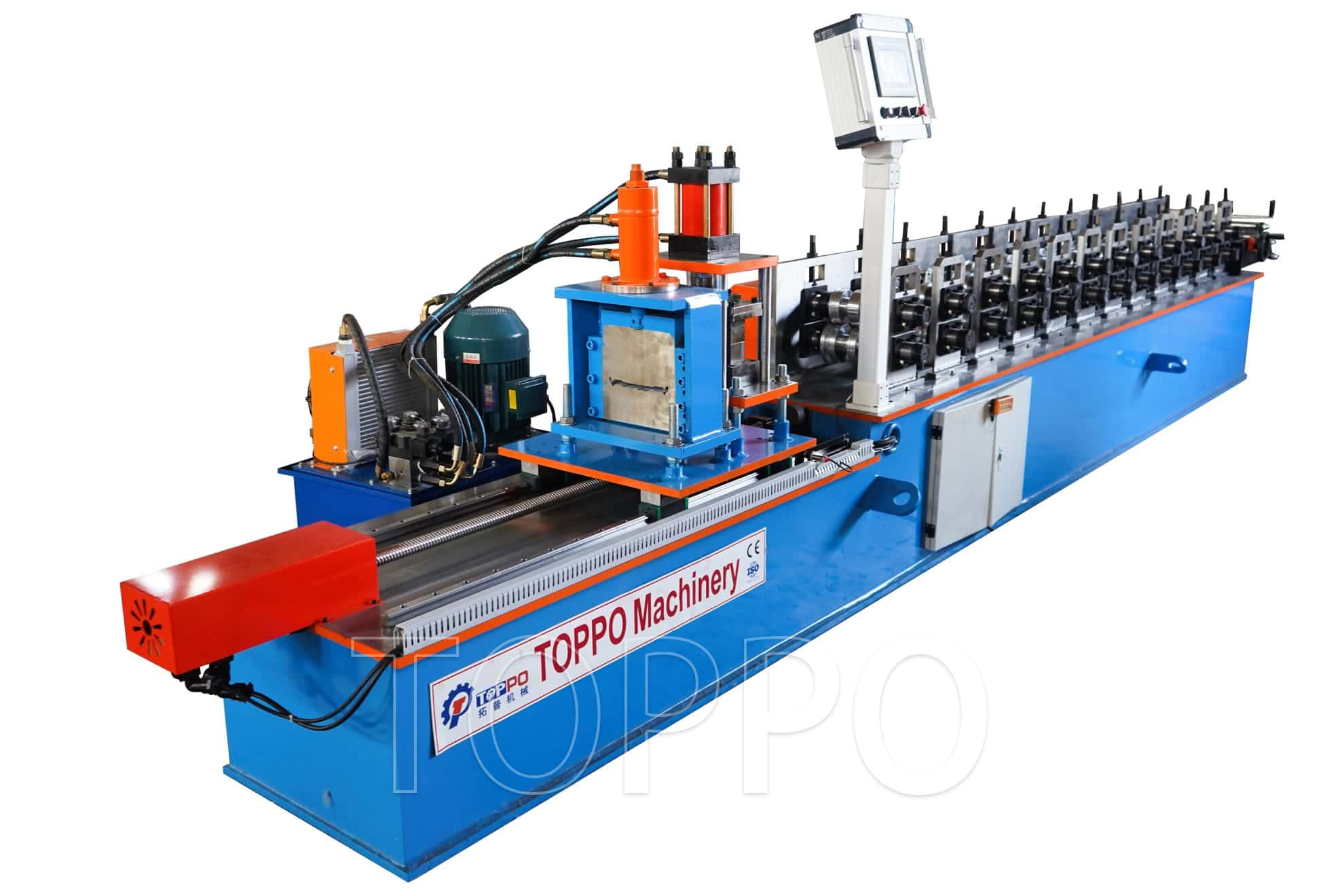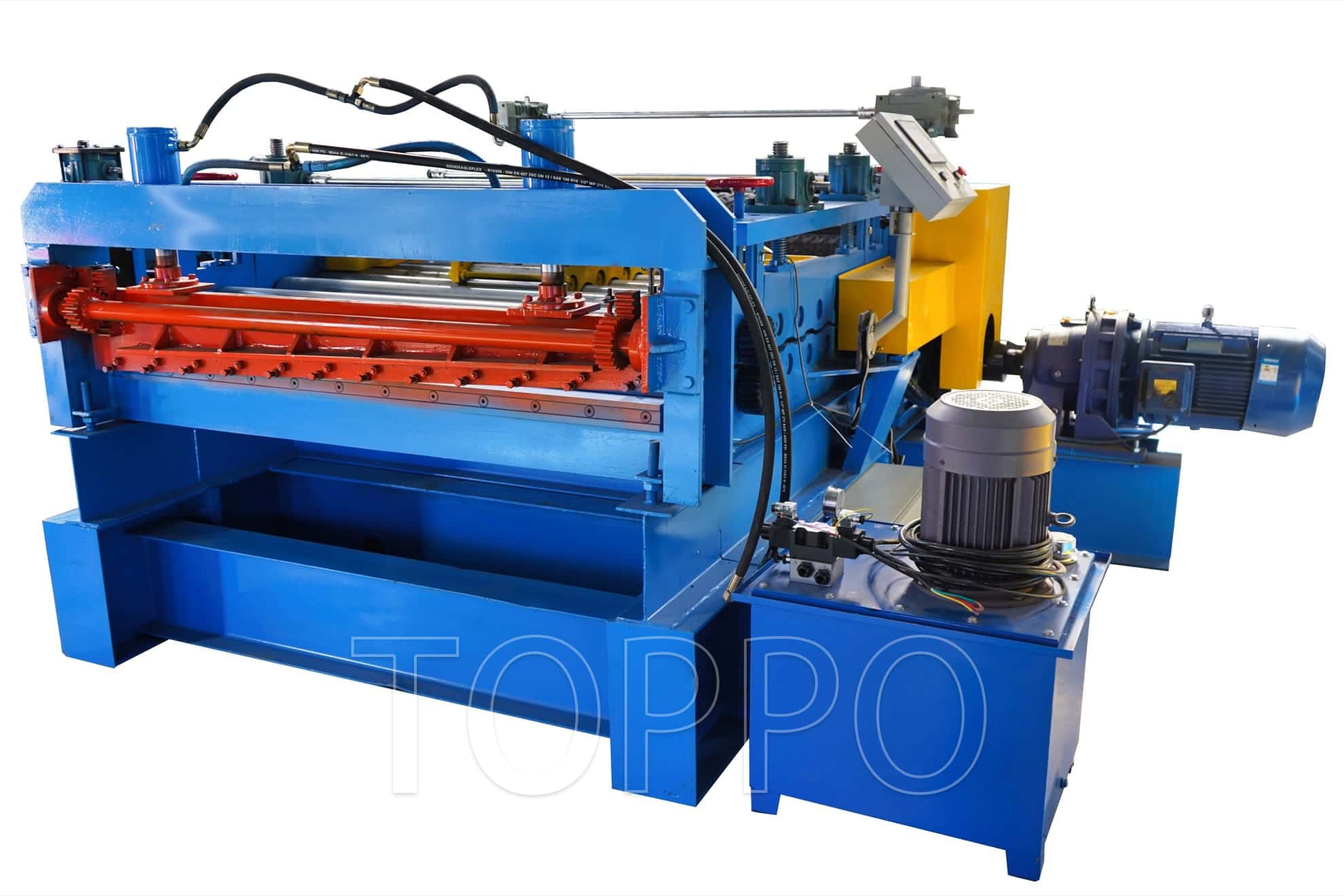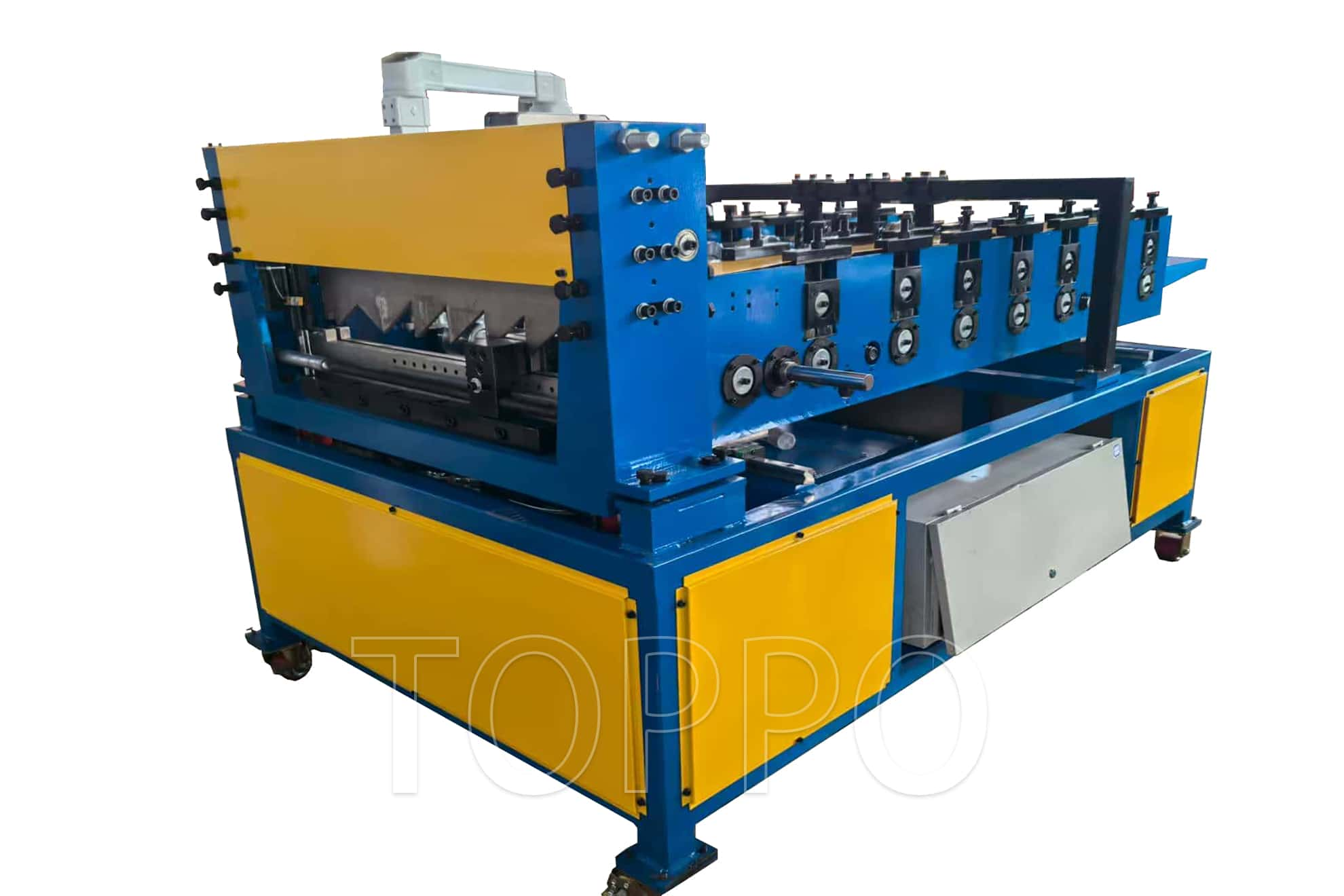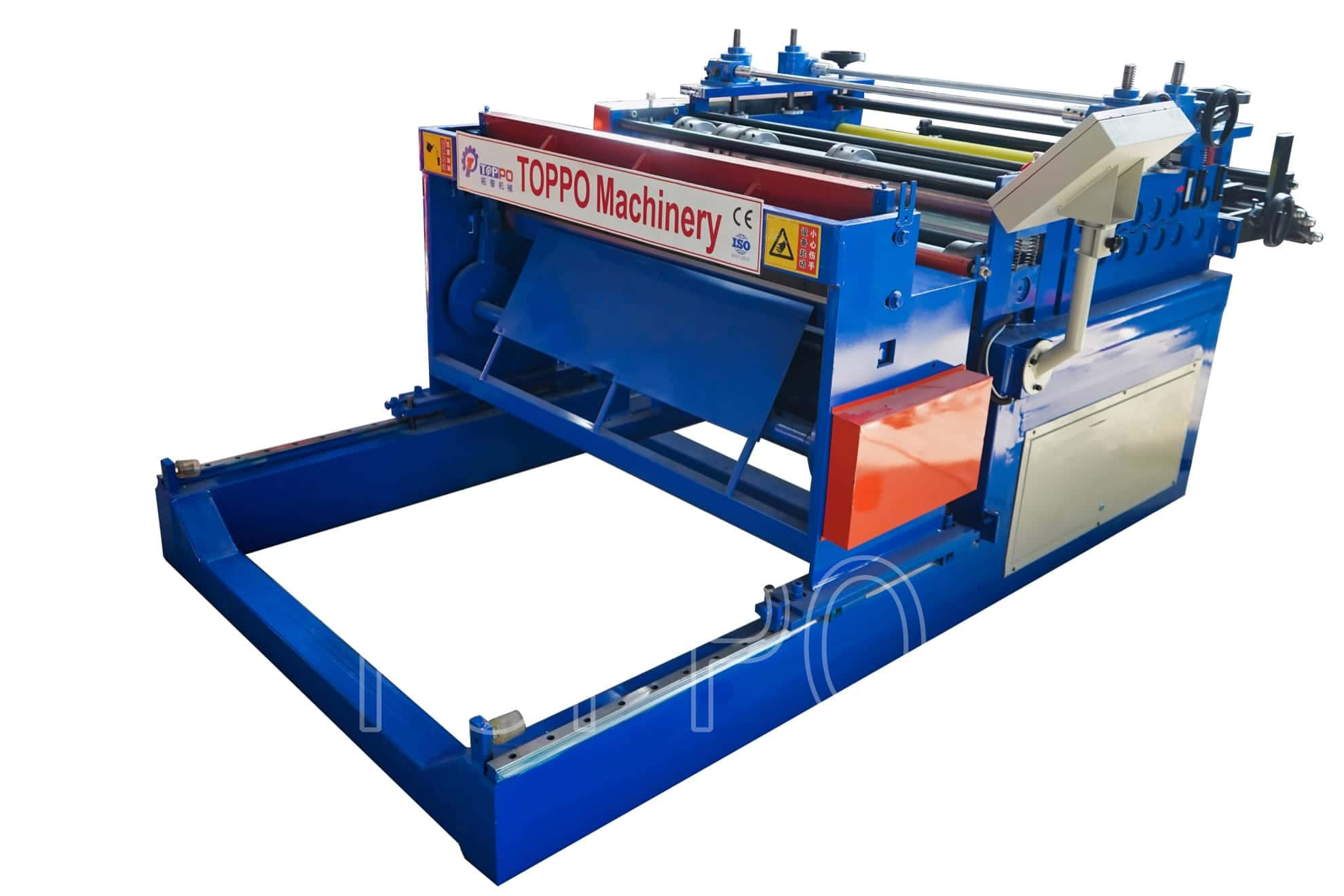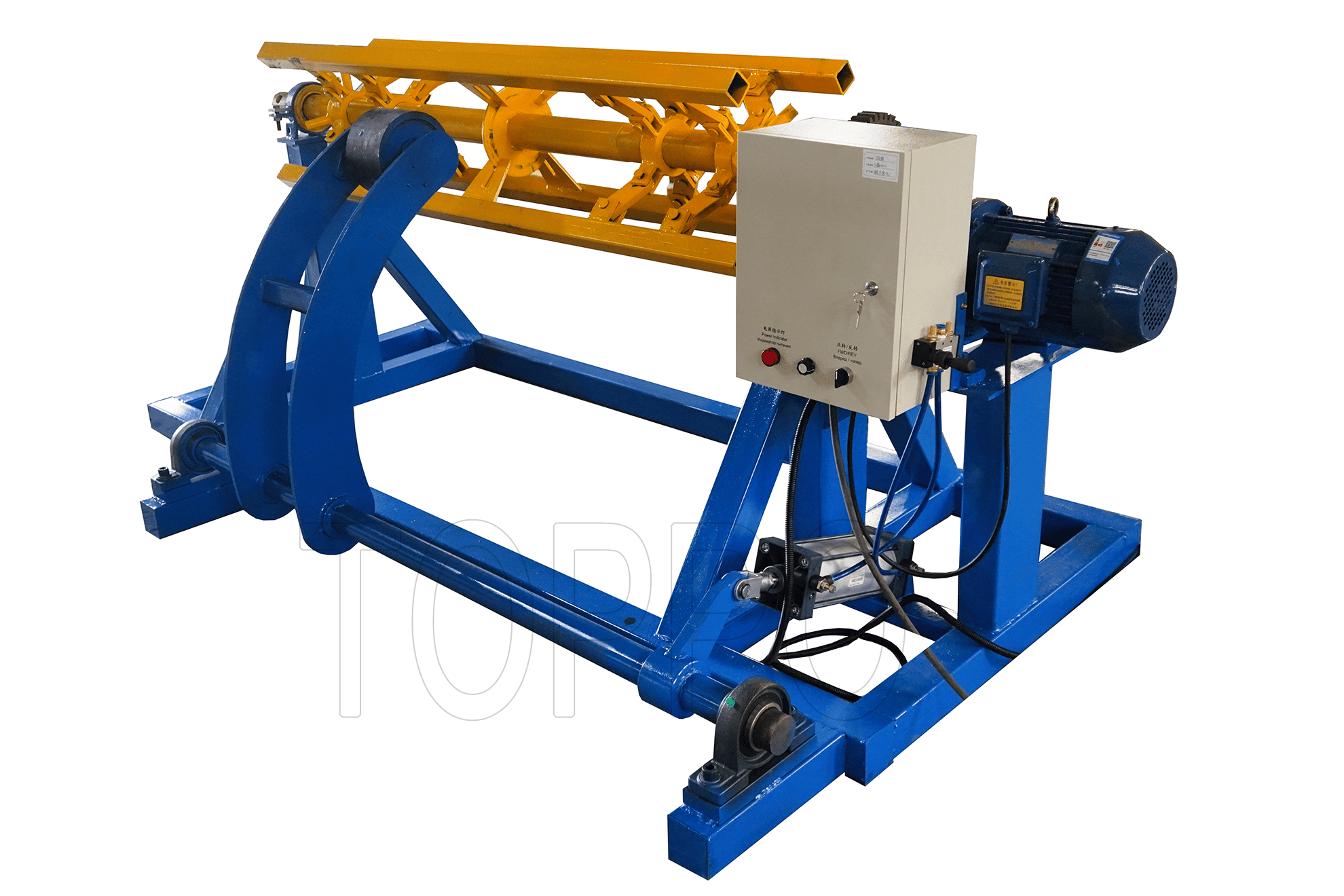- Trapezoidal Machine
- Corrugated Machine
- Glazed Tile Machine
- Double Layer Machine
- CZU Purlin Machine
- Ridge Cap Machine
- Floor Decking Machine
- Rolling Door Machine
- Fence Machine
- Embossing Machine
- Standing Seam Machine
- Cut To Length And Slitting Line
- Guard Rail Machine
- Decoiler And Stacker
- Stud And Track Machine
- Gutter And DownPipe
- Curving Machine
- Cladding Panel Machine
- Corollary Equipment

How Construction Contractors Improve Project Efficiency with Automatic Tr5 Tr6 Metal Trapezoidal Roof Panel Roll Forming Machines
Today’s construction contractors face pressure to deliver projects faster, reduce waste, and ensure the highest product quality. As a result, the Automatic Tr5 Tr6 metal trapezoidal roof panel roll forming machine is gaining traction in the industry. In this article, we explain implementation steps, attention points, and real field experiences focused on the contractor’s perspective.
Implementation Process
Needs Assessment: Analyze roof panel types and quantities for each project. Contractors should select roll forming lines that fit the anticipated workload and desired profiles.
Equipment Setup: Carefully calibrate the roof panel making machine for width, thickness, and roll speed. Attention to detail prevents downstream errors.
Trial Production: Run test panels with the trapezoidal roll forming machine. Review panel consistency, edge straightness, and fastener hole placement before mass production.
Quality Control: After each run, measure finished panels and inspect the galvanized coating. Tracking common defects—like panel warping—helps fine-tune machine settings.
Key Attention Points
Safety Protocols: Regularly inspect safety covers and emergency stops on the roof panel making machine.
Operator Training: All staff must know standard operating procedures for the trapezoidal roll forming machine. Periodic retraining reduces error rates and extends machine life.
Material Handling: Store steel coils in dry, covered environments. Damaged or rusty input material can impact final product integrity.
Case Study: U.S. Roofing Contractor
In the United States, a major roofing contractor integrated the Automatic Tr5 Tr6 metal trapezoidal roof panel roll forming machine for a multi-site project. Their investment paid off by reducing average installation time by 18% and slashing reject rates by 22%. Key lessons included the need for regular calibration checks and strict quality control throughout the production cycle.
Conclusion
The combination of cutting-edge roof panel making machine and trapezoidal roll forming machine technology has empowered contractors to complete jobs faster and with higher quality. Focused investment in both equipment and training is key to long-term project success.
READ MORE



